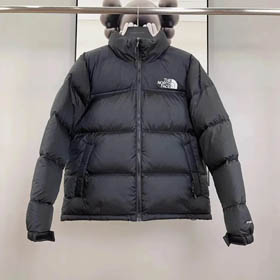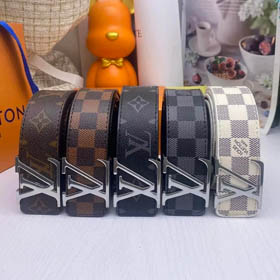Chanel: A Beacon of Timeless Fashion and Elegance
2025-04-06
Chanel: A Beacon of Timeless Fashion and Elegance
Chanel, an emblem of sophistication and innovation in the fashion cosmos, has a narrative that is as compelling as the products it crafts. This story commences with the indomitable Gabrielle "Coco" Chanel, whose journey from humble beginnings to becoming a fashion luminary shaped an empire that endures to this day.
Coco Chanel was born in 1883. Her early life was fraught with challenges, spending part of her childhood in an orphanage where she learned the art of sewing. This skill would prove to be the cornerstone of her future endeavors. In the early 20th century, when women's fashion was characterized by constrictive corsets, long, cumbersome skirts, and overly elaborate designs, Chanel had a revolutionary vision. She believed that fashion should liberate women, allowing them to move freely and express themselves with simplicity and grace.
In 1905, Chanel opened her first millinery shop in Paris. Her hats were a breath of fresh air in the world of fashion. Eschewing the over - ornamented styles of the time, her designs were simple, yet exuded an understated elegance. They quickly gained popularity among the fashionable women of Paris, especially those in the artistic and intellectual circles. This success propelled her to expand her business. In 1910, she opened a boutique in Deauville, where she introduced her first ready - to - wear clothing line.
One of the most iconic moments in Chanel's history was the introduction of the little black dress in 1926. At a time when black was predominantly associated with mourning, Chanel transformed it into a symbol of sophistication and versatility. The little black dress was designed to be simple, easy - to - wear, and suitable for various occasions. It was an instant hit, and Vogue magazine's comparison to the Ford Model T, highlighting its affordability and wide appeal, solidified its place in fashion history.
The Chanel Suit, another masterpiece, made its debut. Characterized by a boxy jacket with braided trim and a knee - length skirt, it offered women a comfortable yet stylish alternative to the restrictive formal wear of the era. The suit allowed for ease of movement while maintaining an air of elegance, becoming a staple in the modern woman's wardrobe.
In 1921, Chanel launched her first fragrance, Chanel No. 5. Created in collaboration with perfumer Ernest Beaux, it was a revolutionary scent. The use of synthetic aldehydes gave it a unique, long - lasting aroma. The simple, square - shaped bottle, designed by Chanel herself, was also a departure from the ornate perfume bottles of the time. Chanel No. 5 became an instant classic and remains one of the most famous and best - selling perfumes globally.
During World War II, Chanel closed her fashion house due to the German occupation of Paris. After the war, the fashion landscape had changed, with Christian Dior's "New Look" dominating. However, in 1954, Chanel made a remarkable comeback. Her collection, though initially met with mixed reviews, gradually regained its popularity, reaffirming her status as a fashion pioneer.
After Chanel's passing in 1971, the brand faced a period of transition. In 1983, Karl Lagerfeld was appointed as the creative director. Lagerfeld breathed new life into Chanel. He respected the brand's rich heritage while infusing it with modern elements. He expanded the product range, introducing accessories like the Chanel 2.55 handbag in 1955 (named after its creation date). The handbag, with its quilted leather, chain - strap, and iconic CC logo, became an instant classic and a highly sought - after item.
Today, Chanel is a global powerhouse. It continues to set trends, influence designers, and captivate consumers worldwide. Whether it's a Chanel suit, a little black dress, a bottle of Chanel No. 5, or the latest handbag, the brand represents luxury, elegance, and timeless style.
For more information about Chanel and to explore its exquisite collections, visit cssbuy.club.



















